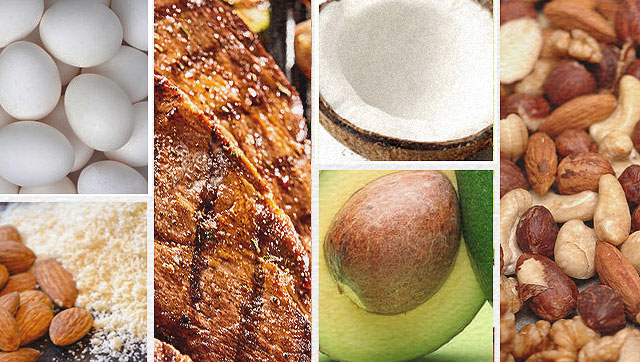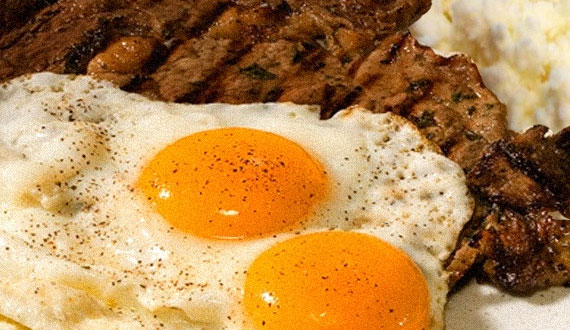This article is not complete. Work in progress.
The ketogenic or keto diet, is a restricted carbohydrate, moderate protein and high fat diet (LCHF)that is designed to force the body to burn keytones for energy. It may sound strange that eating a vast amount of fat will help you live a better lifestyle, but individuals looking to shed the pounds, bodybuilders, fitness enthusiasts, and researchers, have found that ketogenic diets are an effective as a fat-loss and muscle sparing tool. In fact, studies have shown that ketogenic diets are responsible for metabolic and physiological changes, including weight loss, lower oxidative stress, improved body composition, reduced inflammation, and increased insulin sensitivity (Adult onset type II diabetes). [1-4]
Carbohydrate and Keytone Metabolic States
Carbohydrates are our bodies first choice for energy as its easiest for our bodies to covert and use for energy. In the digestive tract, sugar and starches from Carbohydrates are converted into Glucose which then enters the bloodstream. With the help of insulin, a hormone that is secreted from the pancreas, glucose is carried through the body where it is absorbed by cells to be used as energy. Insulin is also responsible for storing excess glucose in the form of body fat. While the pancreas can keep up with the amount of glucose in the blood, an individual should have healthy blood glucose (blood sugar) levels, however over time with excessive carbohydrate consumption, Insulin Resistance, will lead to serious conditions such as pre-diabetes and Type II diabetes. [5]

The Ketogenic Diet breakdown will likely change per individual, but as a rule of thumb, follow is 70-75 percent fat, 15-20 percent protein, and only 5-10 percent complex carbohydrates.
References
- Shimazu T, Hirschey MD, Newman J, et al. Suppression of oxidative stress by ?-hydroxybutyrate, an endogenous histone deacetylase inhibitor. Science. 2013;339:211-214.
- Ballard KD, Quann EE, Kupchak BR, et al. Dietary carbohydrate restriction improves insulin sensitivity, blood pressure, microvascular function, and cellular adhesion markers in individuals taking statins. Nutr Res. 2013;33(11):905-912.
- Volek JS, Quann EE, Forsythe CE. Low-Carbohydrate Diets Promote a More Favorable Body Composition Than Low-Fat Diets. Strength Cond J. 2010;32(1):42-47.
- Forsythe C, Phinney S, Fernandez M, et al. Comparison of low fat and low carbohydrate diets on circulating fatty acid composition and markers of inflammation. Lipids. 2008;43(1):65-77.
- National Institute of Diabetes and Digestive and Kidney Diseases. Prediabetes and Insulin Resistance. August 2009; https://www.niddk.nih.gov/health-information/diabetes/overview/what-is-diabetes/prediabetes-insulin-resistance


Recent Comments